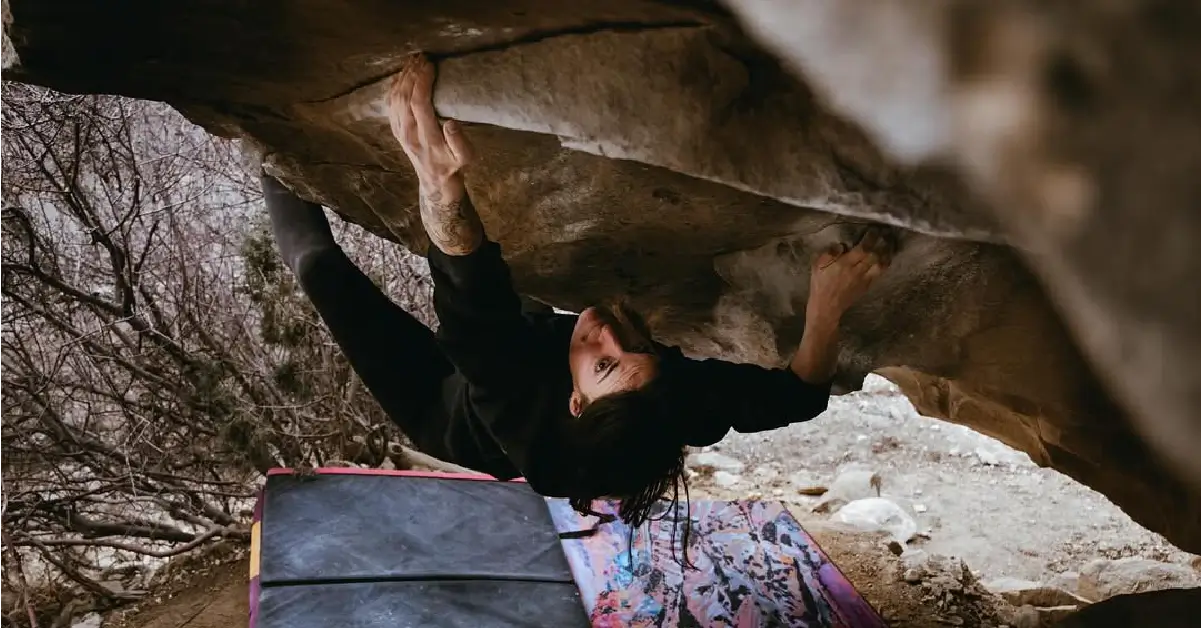Joe’s Valley: A Beloved Climbing Destination Under Threat
Joe’s Valley, Utah, is a world-renowned bouldering destination famous for its striking sandstone boulders and welcoming climbing community. Recently, however, the area has faced a serious challenge: multiple iconic problems—Water Paintings (V7), Golden Plates (V8), Boysize (V7), Baldwin Bash (V7), and Mr. Duck (V7)—were intentionally chipped. These climbs, known for their natural difficulty, have now been irreparably altered.
Background on Chipping
Chipping is the practice of modifying natural rock by breaking or carving holds to make climbs easier—has long been condemned by the climbing community. But its appearance in Joe’s Valley, and later in Little Cottonwood Canyon, has sparked widespread outrage and deep concern about the future of outdoor climbing ethics.
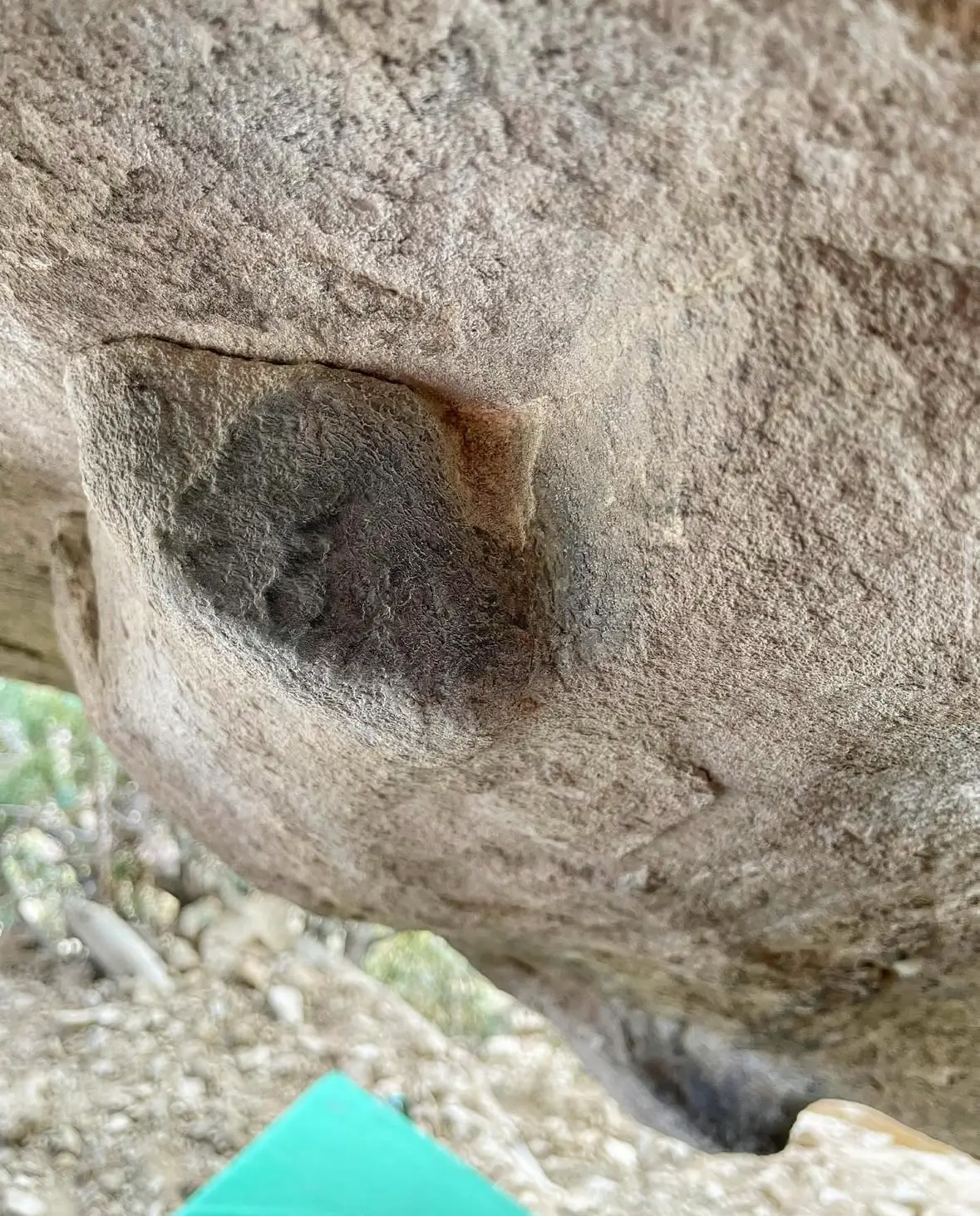
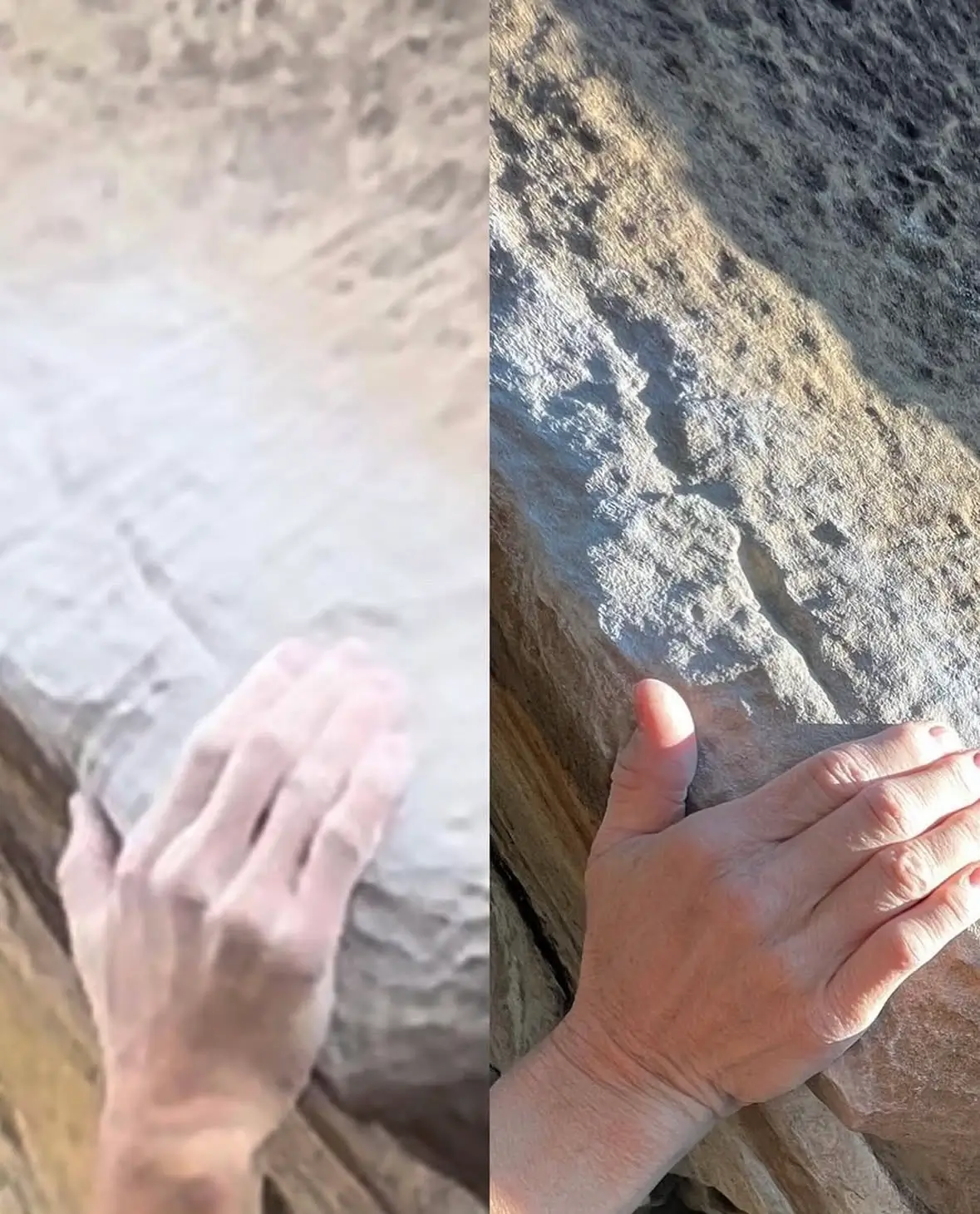
The Water Paintings Incident: A Turning Point
The issue gained visibility when Steven Jeffery, a respected Joe’s Valley developer and guidebook author, noticed a chipped hold on Water Paintings (V7). He documented the damage and posted about it on Instagram, sparking a viral conversation across the climbing community.
In the days following Jeffery’s Instagram post, the thread exploded with engagement, garnering over 80 comments. The vast majority of responses expressed outright outrage: climbers called the act “despicable” and demanded that the perpetrator be held accountable.
Jeffery’s post not only called attention to the act itself but also prompted a wider debate about the shifting values in modern climbing, particularly the pressures created by gym culture and social media influence.
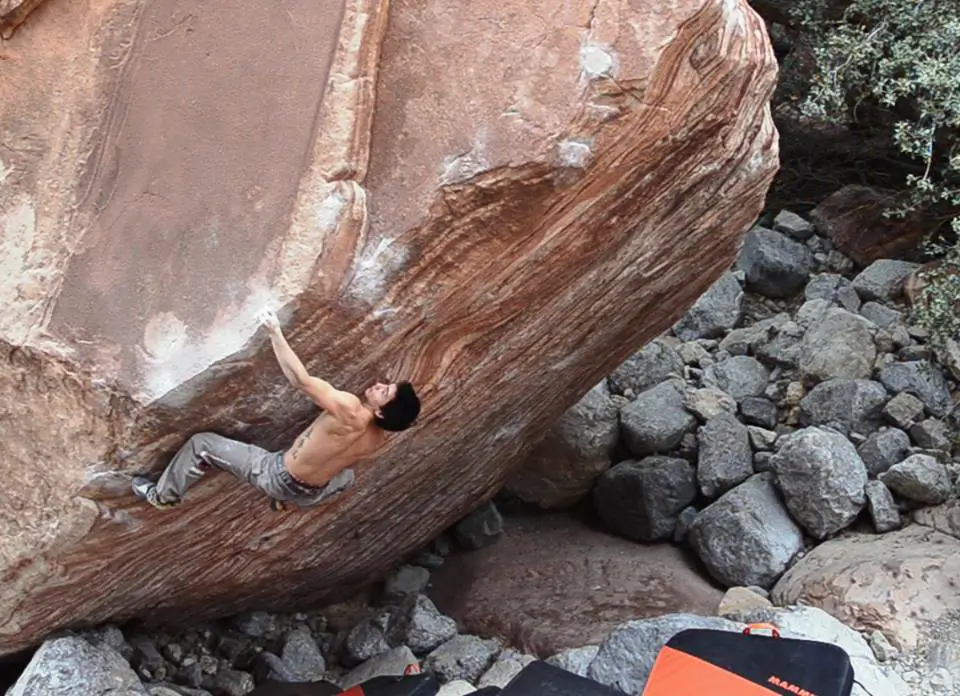
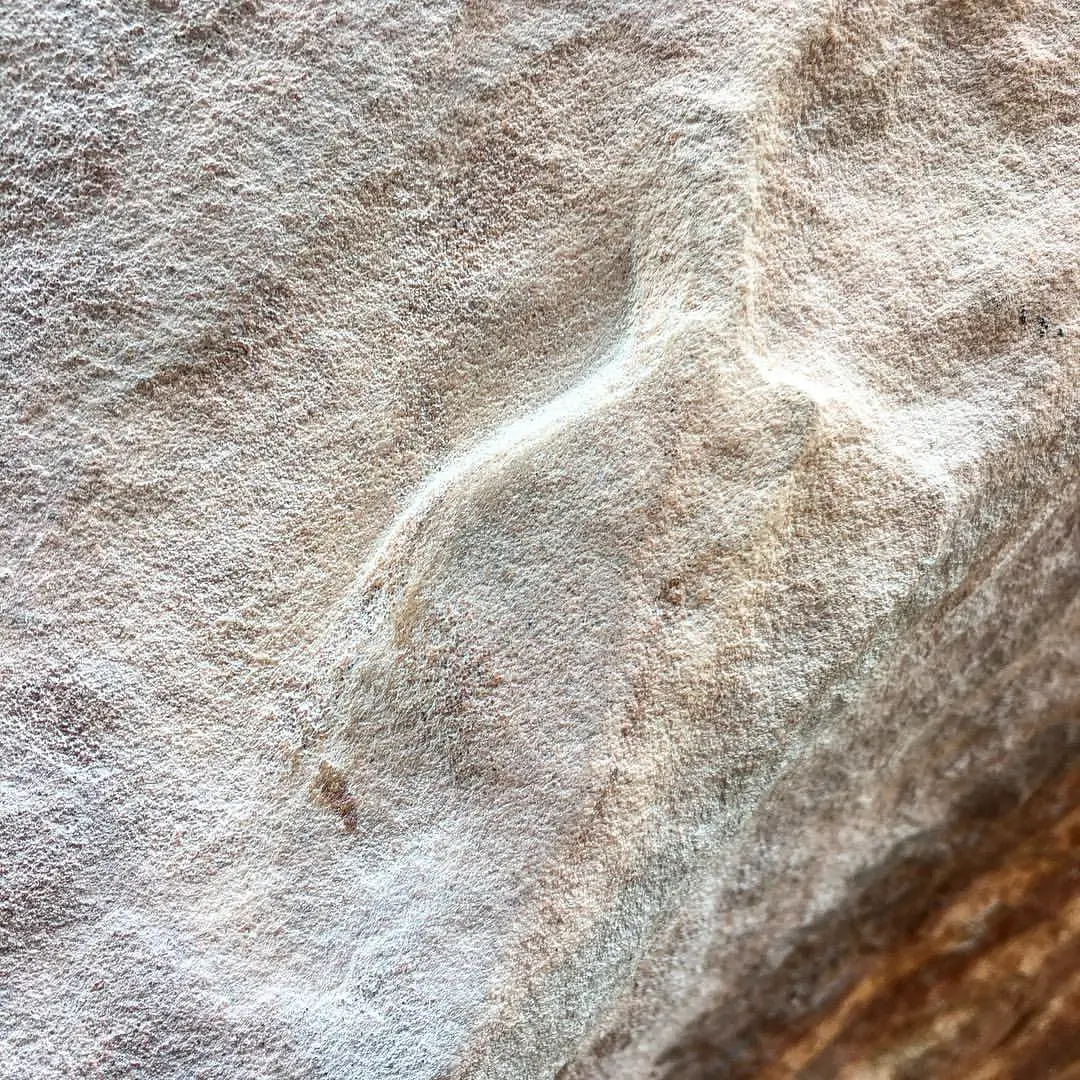
Other Chipping Incidents
Meadowlark Lemon (V14), Red Rock Canyon, NV
In December 2016, climbing veteran Ethan Pringle returned to tackle the iconic Meadowlark Lemon only to find its signature left-hand sloper had been deliberately reshaped into a more positive edge. What was once a true test of sloper technique was unrecognizably “manufactured” into a crimp, robbing future ascents of the problem’s original character and challenge. Pringle’s Instagram post calling out the vandalism fueled an outcry across the community, underscoring how a single act can permanently alter a classic line.
Shotgun (V6), Stone Fort / Little Rock City, AL
Around 2022, locals at Stone Fort spotted that key huecos on the historic Shotgun had been quietly “smoothed” into cleaner pockets, effectively lowering the crux. Before-and-after photos circulated on climbing forums, prompting frustration among regulars who prized the problem’s raw, gritty nature. The incident reignited debates about ethics and grading, reminding climbers that even seemingly minor chipping can erode the integrity of a beloved route.
Why Climbers Chip: Frustration, Pressure, and Recognition
Chipping, while rare, happens when climbers prioritize short-term success over long-term integrity. This practice isn’t new, but it’s always controversial. Climbers chip holds for various reasons, but most commonly because they’re frustrated with difficulty or driven by the intense pressure to complete climbs of a certain grade. Unfortunately, the temptation to achieve quick success can lead some climbers to compromise their integrity and disrespect the natural challenge of climbing.
Climbing’s Core Values: Patience, Perseverance, and Respect
Chipping directly contradicts the foundational values of climbing. At its core, climbing teaches patience, perseverance, and humility—qualities that are compromised the moment someone alters a natural rock formation simply to claim a personal victory. Beyond ethics, chipping permanently damages irreplaceable natural resources, robbing future climbers of the authentic experience of discovery and challenge that makes climbing so rewarding.
The pressure to send climbs for video content or social media clout can drive unethical behavior, particularly when progression stalls or when a climber feels an audience expects success.
Gym Culture and the Mentorship Gap
Several cultural shifts have contributed to the erosion of climbing ethics:
1. Decline of Mentorship
In previous generations, new climbers often learned from seasoned mentors who passed on not only technique but also outdoor ethics. Today, many climbers start in gyms and move outdoors with little direct guidance.
2. Rise of Gym-First Climbers
Climbing gyms, once training grounds for outdoor climbers, now serve as many climbers’ only introduction to the sport. Without formalized outdoor ethics training, newcomers may not fully grasp the importance of leave no trace, natural preservation, and ethical behavior at the crag.
3. Influence of Social Media
Platforms like Instagram and YouTube reward visible success. Many climbers now carry tripods as standard gear in gyms and outdoors, documenting sends for online recognition. While sharing can inspire, it can also distort motivations, focusing on grade chasing and social approval rather than personal growth and respect for the environment.
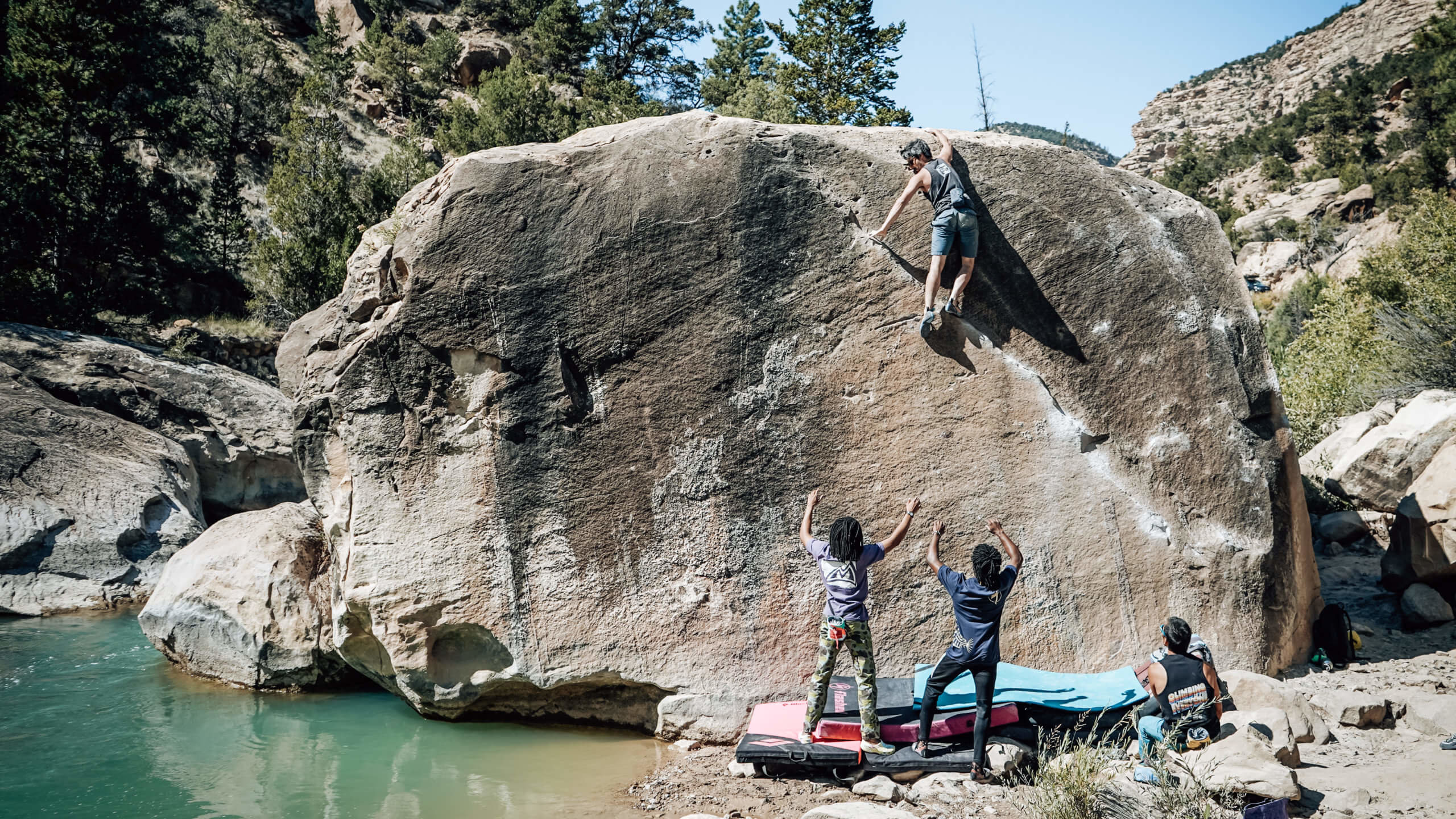
A Community-Wide Call to Action
How to we prevent further chipping incidents like the ones in Joe’s Valley requires a collective effort:
- Climbing Gyms must teach outdoor ethics alongside technique.
- Experienced Climbers should revive the mentorship tradition.
- Local Climbing Organizations must advocate for conservation and stewardship.
- Climbers must reject grade chasing for online validation and embrace the deeper rewards of climbing.
The Bigger Picture: Protecting Climbing’s Future
The chipping at Joe’s Valley is more than an isolated event—it’s a reflection of broader cultural shifts within climbing. By recommitting to the core values of patience, respect, and stewardship, the community can safeguard not just iconic boulders but also the spirit and integrity of outdoor climbing itself.
As climbers, our responsibility extends beyond our individual projects. We are caretakers of the places we climb. The decisions we make today will shape the climbing experience for future generations.

